Submitted Review
‘Anderson draws grief. But remember, grief is an expression of deep love.’
Kim Anderson 'Weight of the World'
Do not be fooled by the seemingly innocuous template of a simple show of framed artworks in a commercial gallery: materials, drawing, framing, up on the wall for display and hopeful sale. A modest one at that, nine framed monochromatic drawings on paper, black charcoal and ink mark-making covering every blank surface of small to mid-sized rectangles of paper. Kim Anderson’s practice is one of beautiful complexity. Big themes through little windows.
Meticulously detailed, the images are borne from the minutiae of delicate line work. The type of expertise that comes through endless hours of practise and discipline, it is an absolute delight to view such craftsmanship. The sense of depth is created through tonal variations depicting rocky outcrops abutting the picture plane so closely they could easily delight as abstracted patterning if it were not for the sole human figure adding depth perspective and creating a little distance. There are no repoussoir devices, no negative spaces to ease into the composition. Perhaps we can understand this solitary human as a type of rückenfigur, but although she does not gaze out at us, nor does she gaze forward into the composition. She is in deep introspection, encouraging us inward. We do not look in wonder at a sublime landscape before her, we meld into the emotional and psychological heartbeat of this strange relationship between human body and the ancient, ragged rock.
The story of the woman in the picture, makes it a story of interdisciplinary process. A trained dancer, Anderson uses her physicality to explore terrain, and to bend, fold, mould into crevices, voids and surfaces of the earth. The rock is real. Her body and contortion, real. This process of choreography, meditation and photography are all invested in her drawing practice.
Her more experimental work has been offered in public shows through large-scale drawings displayed unconventionally, the use of a Japanese technique of ironing paper, drawings as installations, draperies, translucencies and a collaboration with poet Nathan Curnow. All coming back to the body and the landscape.
The symbolism of the landscape is one most literary, art and movie buffs are familiar with. Wild moors/sexy Heathcliffs, Casper and his aforementioned romantic rückenfigurs, and of course, Australia. For a country that prides itself on the natural landscape as being part of its national character, it seems perversely ironic that (largely) we are so deeply lethargic to our responsibility to nurture and protect it. A collective ‘climate grief’ is a growing global psychological phenomenon as we face the stark realities of ecological disaster. It is literally the weight of the world to bear (for those brave enough to care).
This is the tangible, consistent theme throughout her work; certainly, for as long as I have seen it. Her emotional authenticity is apparent. At times I’ve been reminded of devotional flagellants; imagining the visceral, physical strain of drawing in this style, and at her pace, somehow connects to her emotional pain. Her isolation – the sole figure – indicates a private moment of lamentation, the caress of grief and loss. Because it is a lonely time, grieving. It is heavy. She has stated her admiration for Käthe Kollwitz, and there are obvious links between the two in their monochromatic inner worlds. But Anderson’s grief is a particularly modern one.
Anderson draws grief. But remember, grief is an expression of deep love. Love lost, love lamented, but quite purely, love.
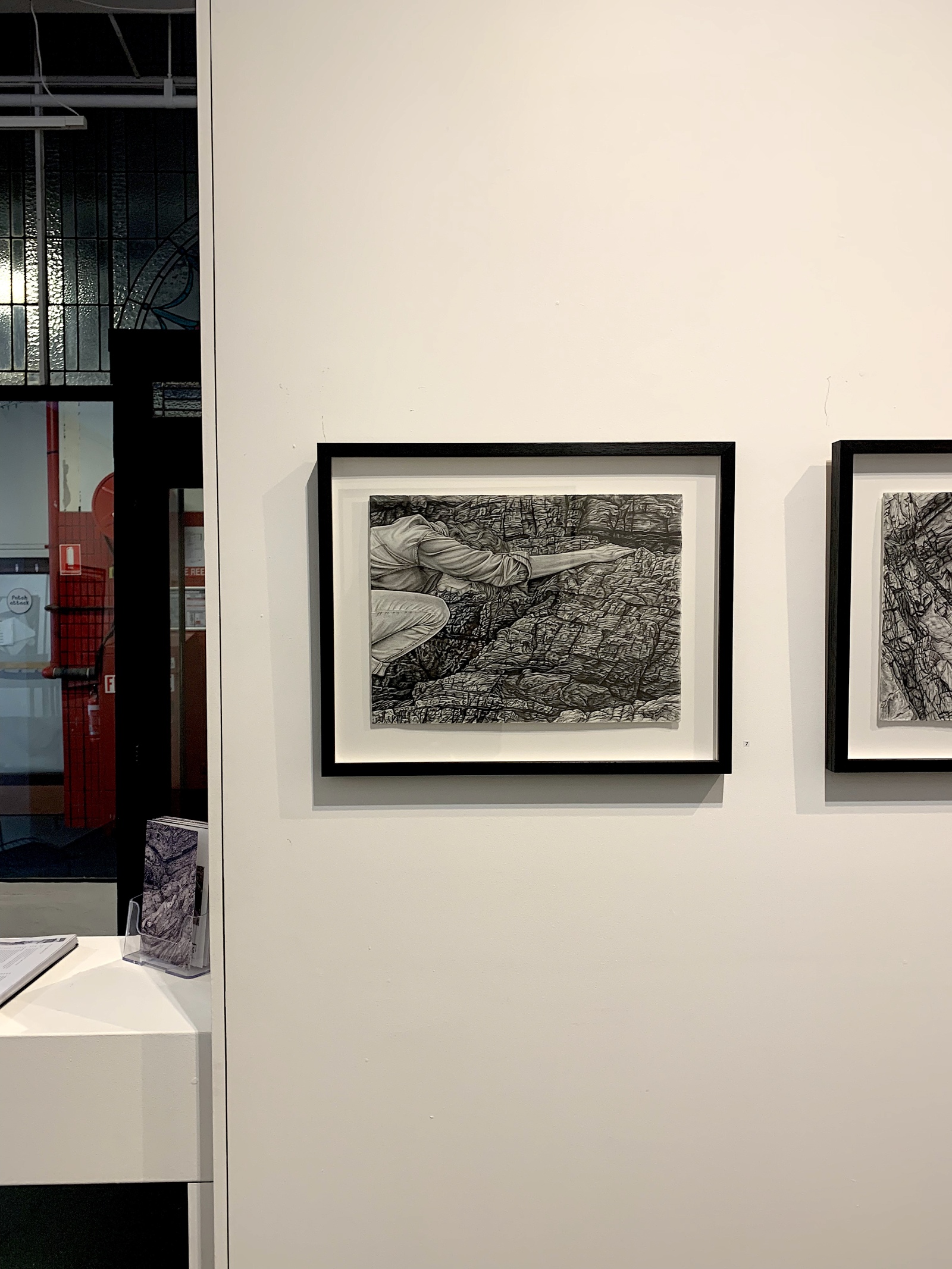
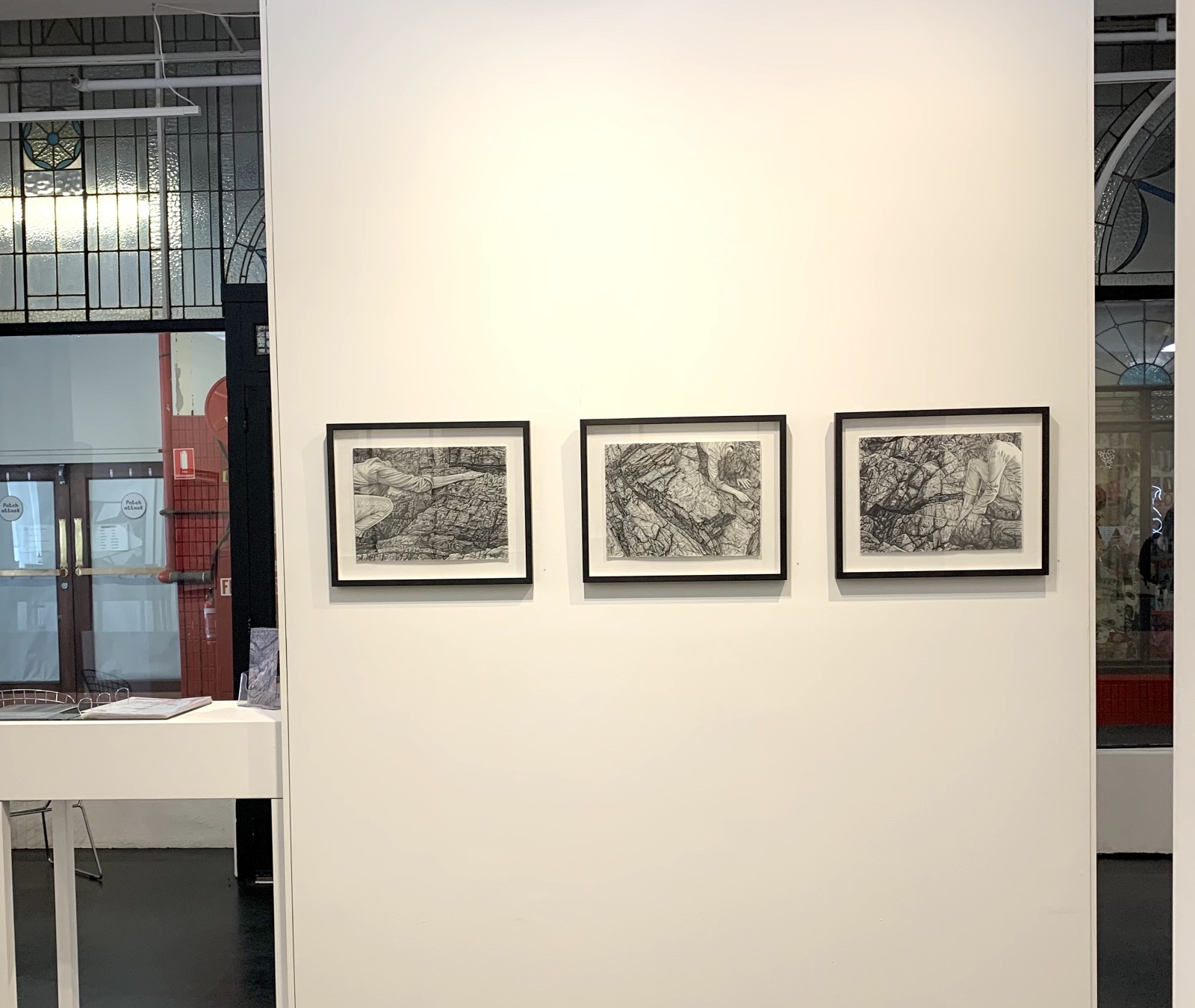
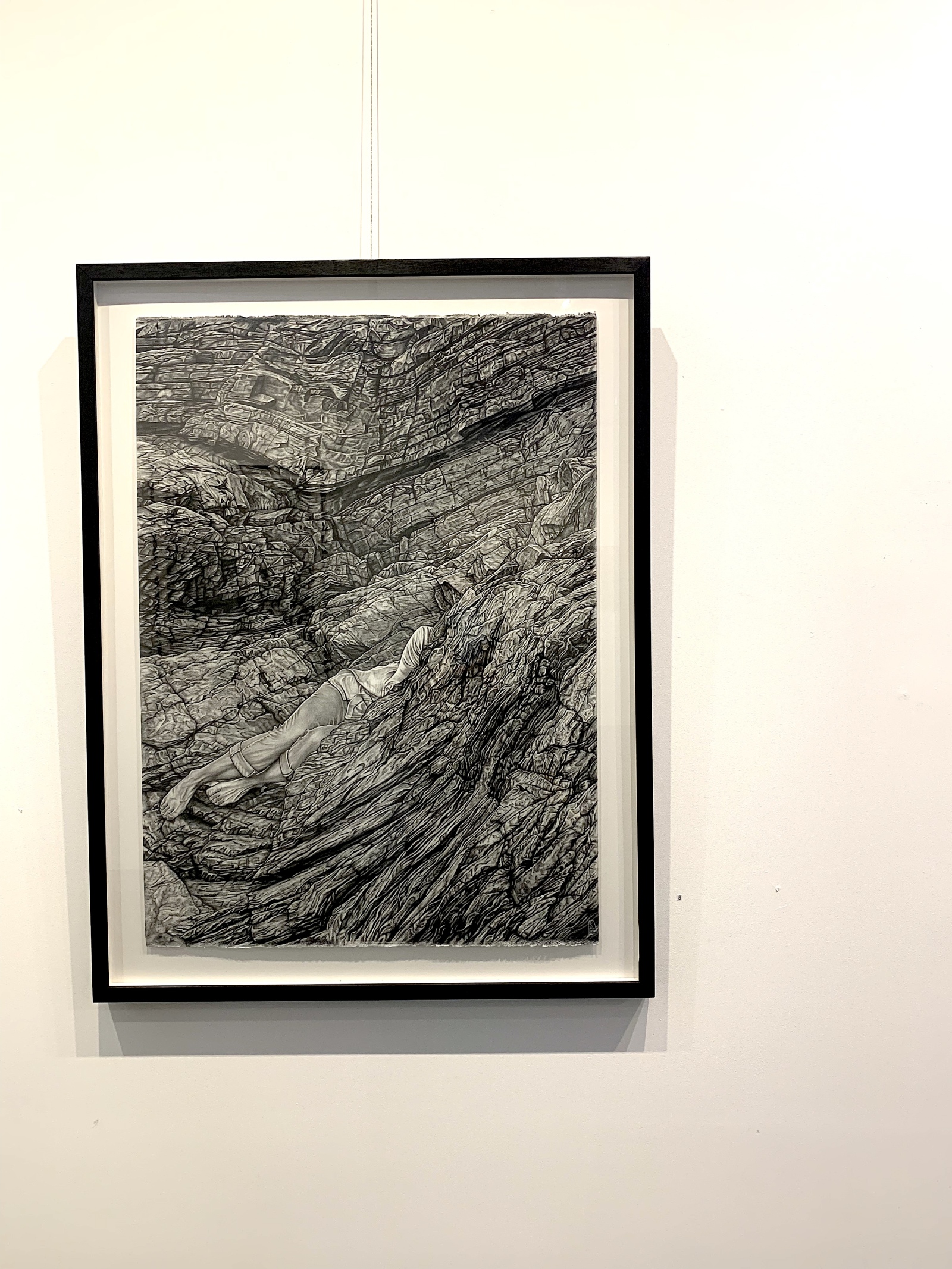
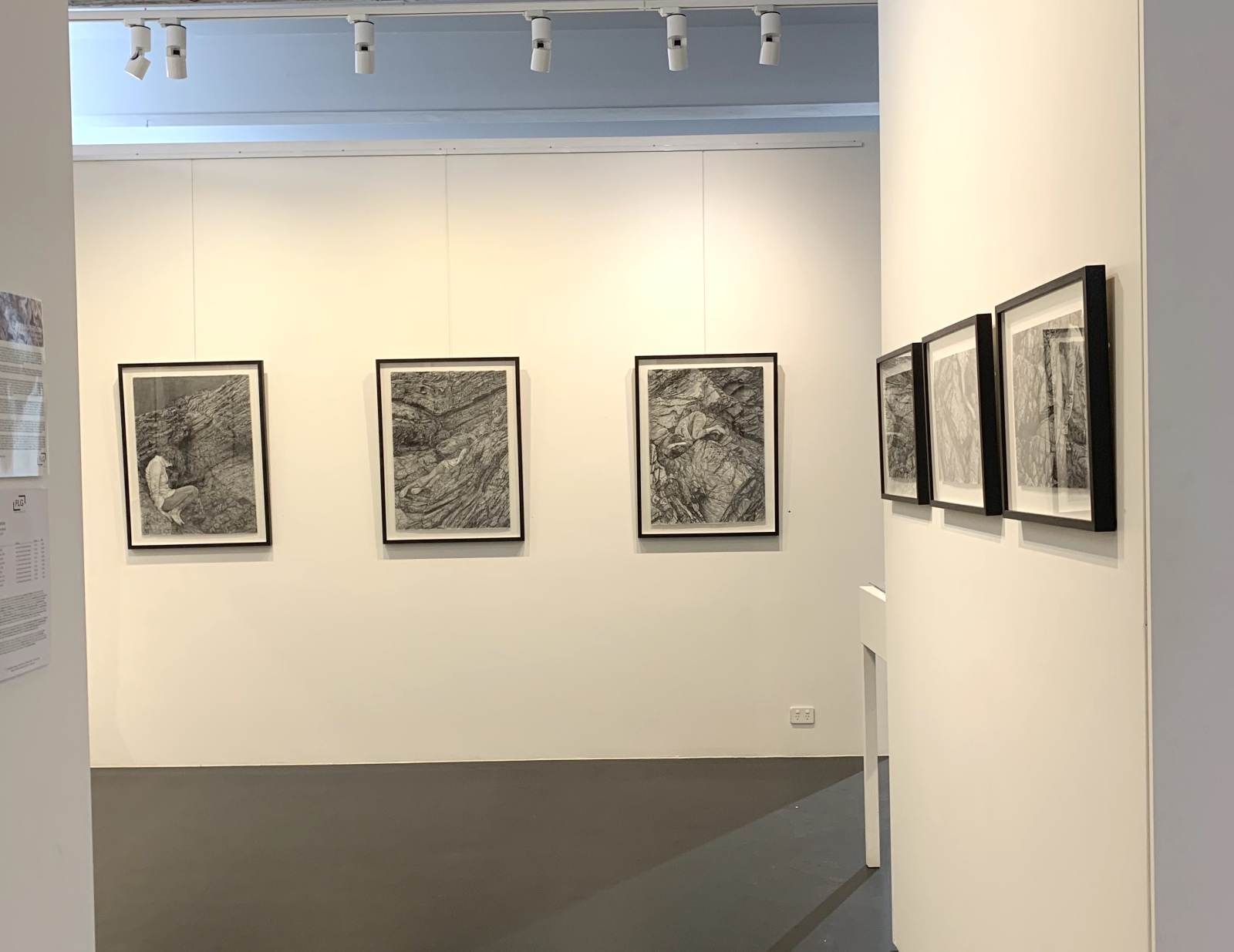
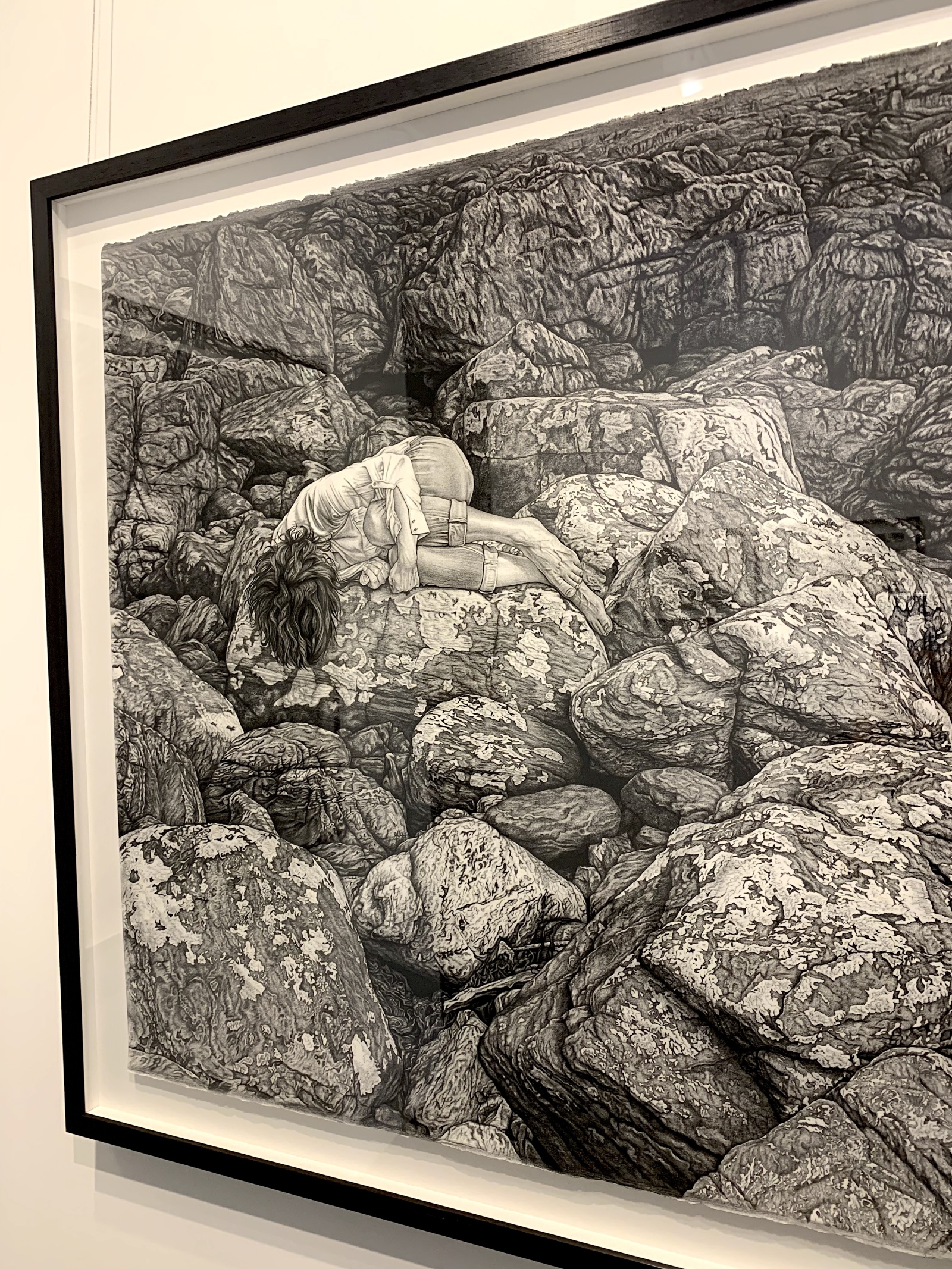
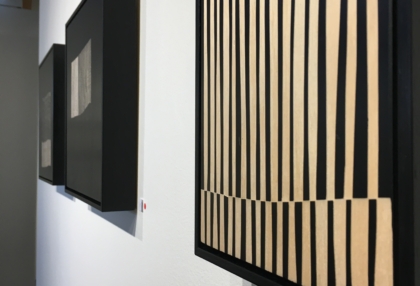
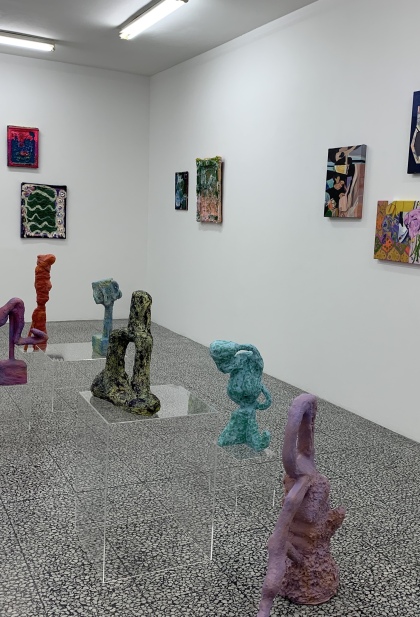
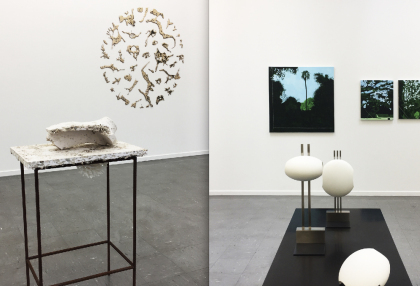
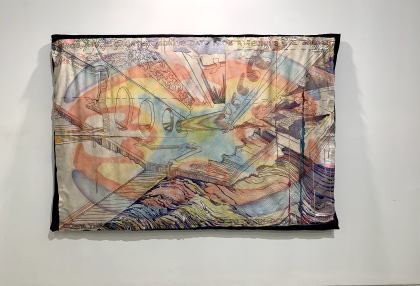
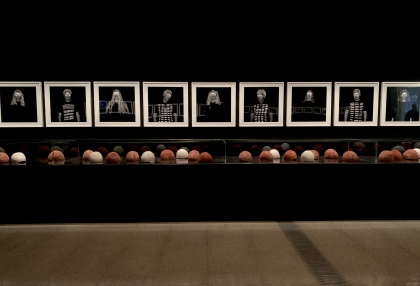
No Comments